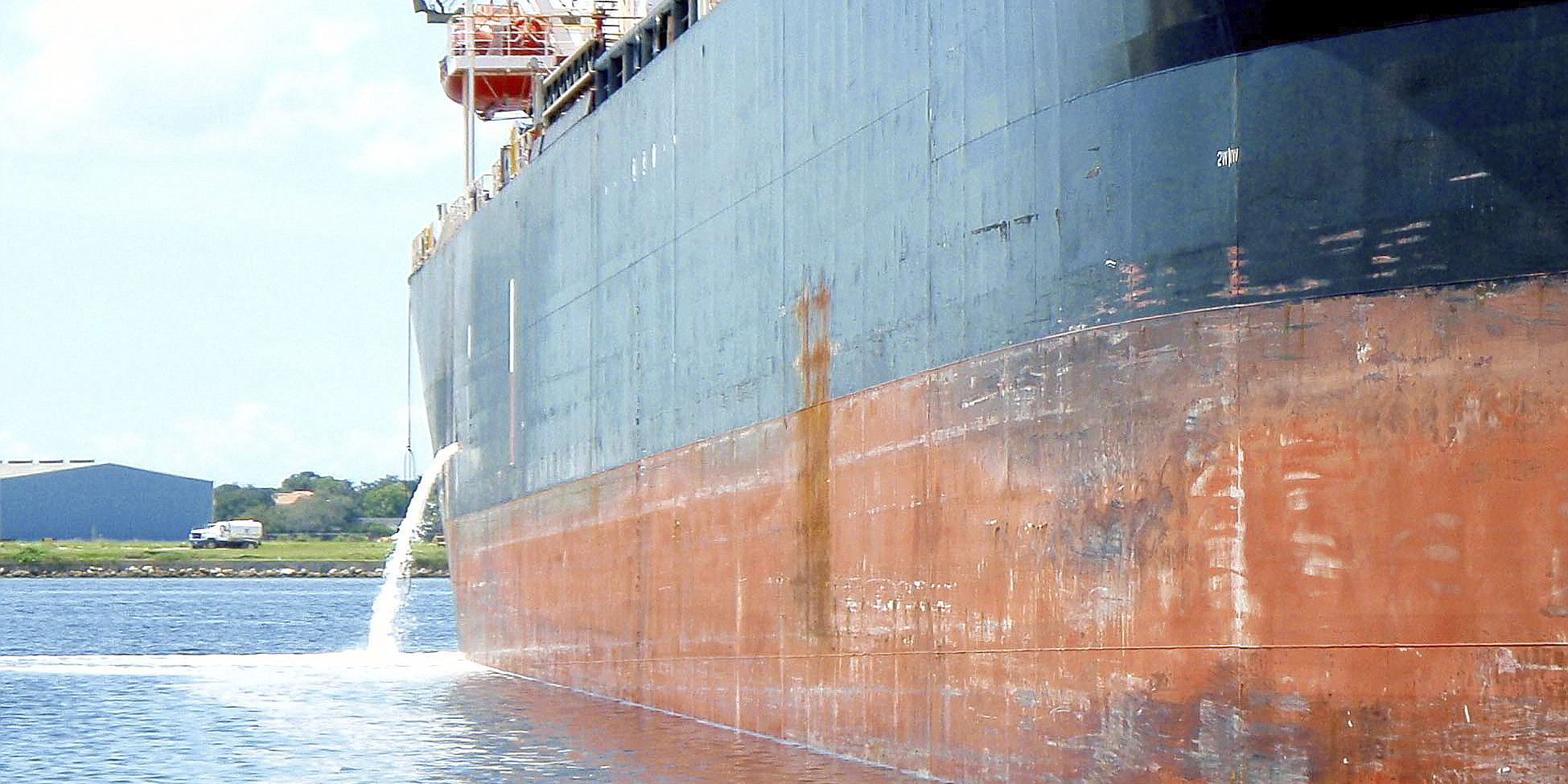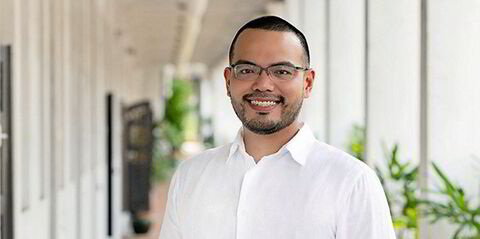The US Coast Guard denied requests from four leading manufacturers of ballast water treatment systems (BWTS) to use their favoured test method as a way to certify their gear’s efficacy.
The decision adds to the continued delays for shipowners in deciding what types of gear to install on ships that discharge ballast in US waters.
Last year, Denmark’s Desmi Ocean Guard, Sweden’s Alfa Laval, US-based Hyde Marine and Canada’s Trojan Marinex all put forth BWTS products for approval by the USCG for use in domestic waters. The manufacturers submitted test data that aimed to show their systems, which all use ultra-violet light, destroyed the ability of any invasive marine species to reproduce.
But the USCG said tests to demonstrate reproductive viability did not meet the current US regulations for testing the efficacy of BWTS. US regulations require that treated ballast water should contain less than 10 living organisms after treatment.
In its decision, the USCG said it “lacked the discretion to approve a testing alternative that would change the discharge standard.” The discharge standard, and its testing, is set by the US Environmental Protection Agency (EPA).
The EPA is in the process of reviewing testing standards for ballast water, including the method proffered by the four manufacturers. The EPA has not yet made its final determination on the effectiveness of those tests.
The USCG stressed that the decision to reject the appeal from the four manufacturers was not an outright rejection of UV-based systems. It says several UV-based systems have been submitted for approval under the USCG’s own testing scheme. All in, 20 different models of BWTS, some UV-based and some chemical-based, are seeking USCG approval using USCG testing standards.



